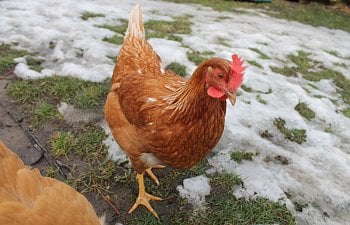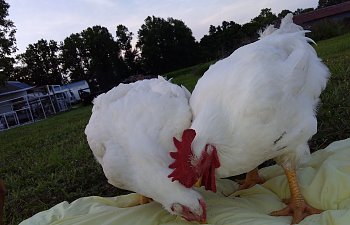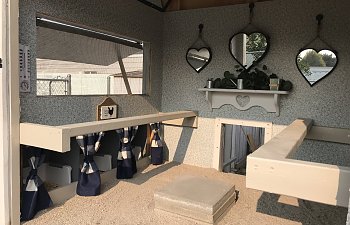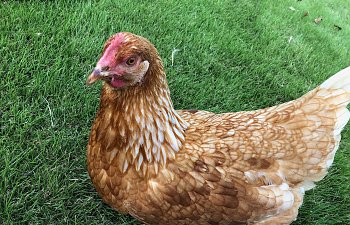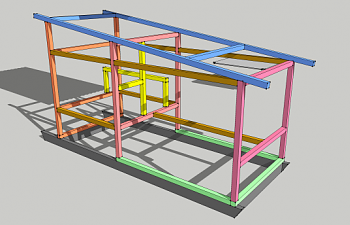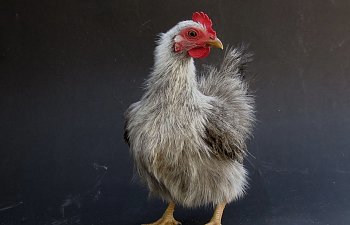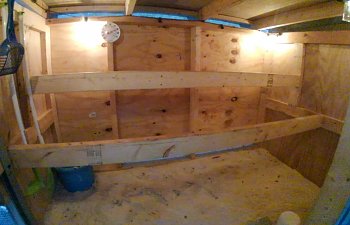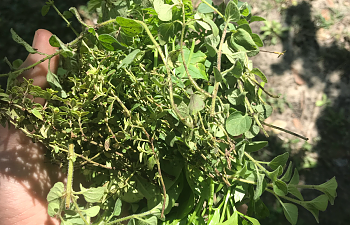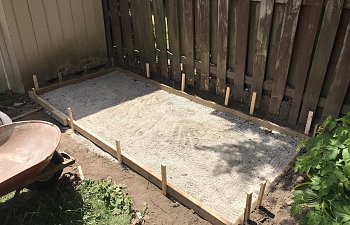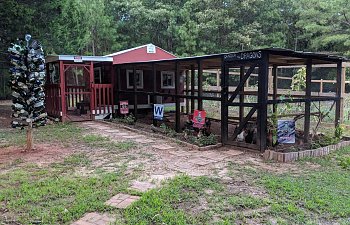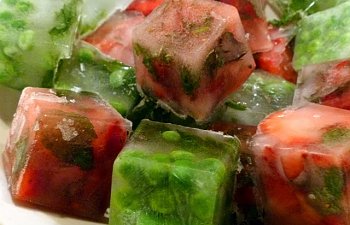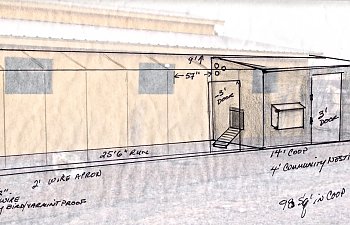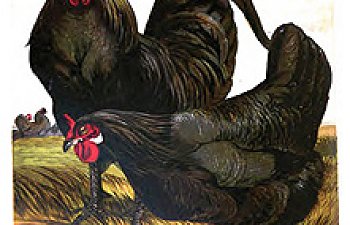but didn't know how (or who) to ask! Thanks for the education!
Navigation
Install the app
How to install the app on iOS
Follow along with the video below to see how to install our site as a web app on your home screen.
Note: This feature may not be available in some browsers.
More options
You are using an out of date browser. It may not display this or other websites correctly.
You should upgrade or use an alternative browser.
You should upgrade or use an alternative browser.
Reviews by MROO
Filters
Show only:
Loading…
- MROO
- 3.00 star(s)
Keep us posted on how it works out for you. Do you have winter freezes? I'd like to see how people who use these handle the colder weather.
peanutswp5
We do get freezes and I’m worried about it...probably use a different system over winter
- MROO
- 5.00 star(s)
- MROO
- 2.00 star(s)
There's no "meat" here - just a single picture tease. It looks almost like a magazine set-up where a chicken has never ... and probably never will ... set foot or feather. Still, it peaks the curiosity. I'd LOVE to see more ... better yet, see more pictures and get a backstory to go along with them.
Please?
Please?
Beth the chicken mama
No meat? These girls are for eggs not to be eaten. I have six chickens, my boyfriend built the coop I decorated it. I clean my coop 2-3 times a day. I have posted other pictures of the inside the outside and of the chickens. The chickens are 19 weeks old I just opened the nesting boxes last weekend, they also have free range of the yard. The picture was to show the nesting boxes. There are many more pictures in the gallery and coop sections of my set up and birds.
- MROO
- 3.00 star(s)
This is a pretty impressive set-up. It would be interesting to see some more details, like how the two runs are joined and some close-ups showing style and interior. I, for one, would love to see more!
- MROO
- 4.00 star(s)
Pretty Babies!
HuffleClaw
Thanks!
- MROO
- 4.00 star(s)
To the author - While the sudden interest in old pictures may seem rather silly so long after you posted your build article, it's really a compliment. With the recent efforts to make the coop pages more user-friendly and constructive, your build stands out as a good one. If you could post a few pictures, either of your build or of the finished coop, it would help others as they begin building or remodeling their own.
Thanks for your effort!
Thanks for your effort!
- MROO
- 3.00 star(s)
So howzabout explaining how to "Use a white piece of cardboard or plastic to calibrate your camera for current light characteristics." I've seen it done but have NO idea how to do it or why it works. Some how-to would be GREATLY appreciated!
Ra_
Each camera might be different for that. I would refer you to your manual. One can be found online if you don't have it.
For my camera, there is a button on the back of the Canon that can have various functions assigned to it in the menu.
I chose to make it my color balance button.
To use it, I turn the camera on, hold my whiteboard so the available light is striking it, fill my camera screen with the white and then hit that button.
You'll see your screen's color change to look more like reality.
For my camera, there is a button on the back of the Canon that can have various functions assigned to it in the menu.
I chose to make it my color balance button.
To use it, I turn the camera on, hold my whiteboard so the available light is striking it, fill my camera screen with the white and then hit that button.
You'll see your screen's color change to look more like reality.
What Happens When Chickens Molt?
- Updated
- 6 min read
4.95 star(s)
114 ratings
- Views
- 136,082
- Reaction score
- 149
- MROO
- 5.00 star(s)
Thank you for a very informative article. I wish I'd read it BEFORE my birds started molting. I would have been better prepared .. and they would have been much more comfortable going into this mess. We're good to go, now, though ... thanks again!
The perch experiment
- Updated
- 9 min read
4.91 star(s)
56 ratings
- Views
- 37,483
- Reaction score
- 61
- MROO
- 4.00 star(s)
- MROO
- 4.00 star(s)
Very nice ... but you left out the most important bonus of having chickens ... the entertainment factor!

- MROO
- 3.00 star(s)
Poult - a young chicken, turkey, duck, pheasant (or other domestic fowl) being raised for meat. The term is generally used to describe young turkey chicks.
Add Cockerel - a young male chicken under a year old.
Add Cockerel - a young male chicken under a year old.
Shadowfire
Okay, I have corrected it. Thank you for the suggestion! :)
Nice, short list of good chicken treats.
How I make sure my chickens stay happy and healthy all year
- 5 min read
3.50 star(s)
2 ratings
- Views
- 1,678
- Reaction score
- 1
- MROO
- 4.00 star(s)
Very nicely done. Thank you!
- MROO
- 4.00 star(s)
Very nice! How did you handle predator-proofing?
M
McRichM
I covered the run in hardwire cloth and also buried it about 10 inches deep. There is also hardwire cloth where the rafters meet the top plate of the coop and around all of the window. The Tiny Dragons are very well protected. I also have camera posted around the coop to monitor the activity around it. Thank you for your comments!
Nicely done - short, sweet and to the point. The best part is that you don't have to go out and buy anything, as most of the ingredients are already in the house!
Kylo_Hen!
thanks for rating my artical
Hot Desert Chick's Palais des Poulets
- Updated
- 8 min read
5.00 star(s)
6 ratings
- Views
- 13,693
- Reaction score
- 2
- MROO
- 5.00 star(s)
This is wonderful - well planned and well documented. While the coop and run rely heavily on welding, much of this project would adapt easily to other materials suitable for other regions. All in all, a VERY nice job on both the coop and article!
- MROO
- 4.00 star(s)
Thank you for writing this. The critically endangered breeds need more advocates like you, so we can save them. The La Fleche is a particularly handsome bird that makes a great backyard chicken. They are respectable layers and better-than-average for the table. Articles like this one remind people that they can have their meat and eggs ... and gorgeous eye candy, to boot.
Like the Livestock Conservancy advocates ... Eat 'em to save 'em!
Like the Livestock Conservancy advocates ... Eat 'em to save 'em!
×

